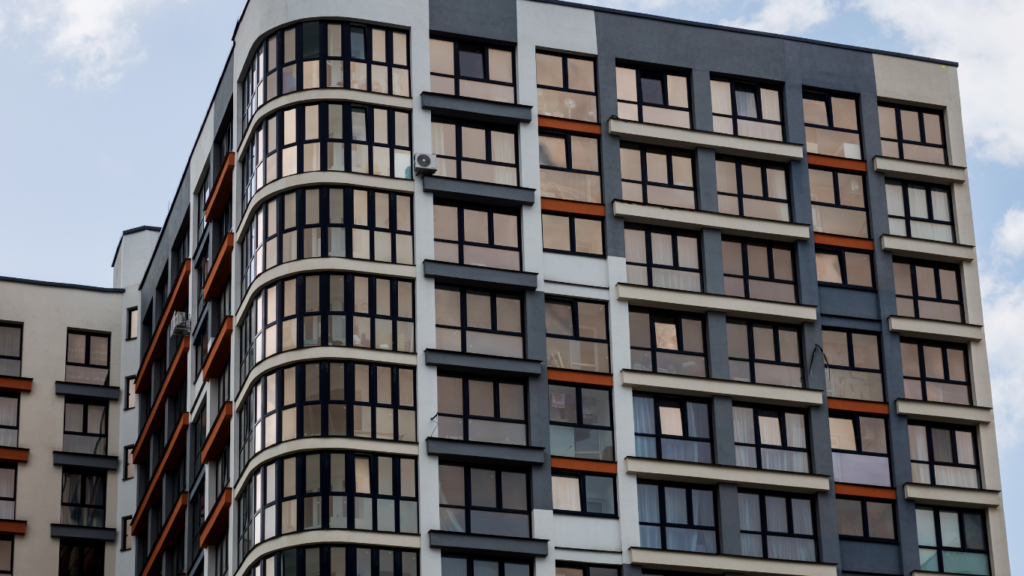
In an ever-evolving property market, savvy homeowners and investors are exploring innovative ways to maximise their property’s potential. Among these, building a granny flat has emerged as one of the smartest and most versatile investments. From modern design trends to navigating legal requirements and enjoying long-term financial and lifestyle benefits, granny flats offer an attractive solution for homeowners seeking both flexibility and value.
The Rise in Popularity of Granny Flats
Granny flats, often referred to as secondary dwellings, have gained considerable traction in recent years due to their multifaceted appeal. These compact yet functional additions offer an ideal solution for housing extended family members, creating rental income, or providing a private retreat for guests. As urban areas become increasingly dense, granny flats present a clever way to optimise land use without the need for significant expansions.
Homeowners are recognising the potential of building a flat not just as a practical solution but also as a valuable long-term asset. With the ability to enhance a property’s overall value and generate additional income, the demand for well-designed and efficiently constructed granny flats is rapidly growing.
Exploring Modern Design Trends
When it comes to design, granny flats have moved far beyond their traditional, utilitarian origins. Contemporary designs now focus on creating spaces that are stylish, functional, and adaptable to diverse needs. Open-plan layouts, natural lighting, and seamless indoor-outdoor integration are just some of the design trends that have elevated the aesthetic appeal of granny flats.
Eco-friendly and sustainable building practices have also become a priority. Many homeowners are choosing energy-efficient materials, solar panels, and smart home technology to minimise their environmental impact while reducing long-term utility costs. Furthermore, the inclusion of multipurpose spaces, such as compact kitchens with built-in storage or foldaway furniture, allows these dwellings to meet a variety of lifestyle needs without compromising on comfort or style.
Navigating Legal Requirements
While building a granny flat offers numerous advantages, navigating the legal landscape is a critical step in the process. Regulations surrounding granny flats vary across jurisdictions, so understanding the local requirements is essential. Typically, approvals will depend on factors such as property size, zoning, and compliance with building codes.
In many regions, councils have streamlined approval processes to encourage homeowners to build secondary dwellings as a means of addressing housing shortages. However, engaging with qualified professionals, such as architects or building surveyors, can ensure that all plans meet legal standards and avoid costly setbacks. Additionally, homeowners must consider the implications of renting out a granny flat, including tax obligations and tenancy laws, to ensure full compliance.
Long-Term Benefits of Building a Granny Flat
One of the most compelling reasons for building a flat is the long-term financial and lifestyle benefits it offers. For investors, these dwellings provide a unique opportunity to generate steady rental income. With rental demand consistently rising in urban and suburban areas, granny flats are a cost-effective way to meet this need while offsetting mortgage payments or other expenses.
For families, granny flats offer flexibility in addressing changing household dynamics. Whether it’s providing accommodation for ageing parents, young adults, or visiting relatives, these secondary dwellings create a sense of independence while maintaining proximity. Furthermore, they allow homeowners to future-proof their properties, accommodating multi-generational living or adapting to new circumstances without requiring significant renovations.
Granny flats can also significantly enhance the overall value of a property. A well-designed and functional addition not only increases the living space but also appeals to potential buyers, particularly in competitive markets. For those considering selling in the future, the presence of a granny flat can serve as a key differentiator, attracting buyers who value versatility and additional income potential.
Conclusion
Building a granny flat is undeniably one of the smartest property investments in today’s market. By blending modern design trends, adhering to legal requirements, and enjoying the long-term financial and lifestyle benefits, homeowners can unlock the full potential of their property. Whether used as a rental opportunity, a multi-generational living solution, or a value-adding asset, a well-planned granny flat represents an investment that pays dividends both now and into the future.
